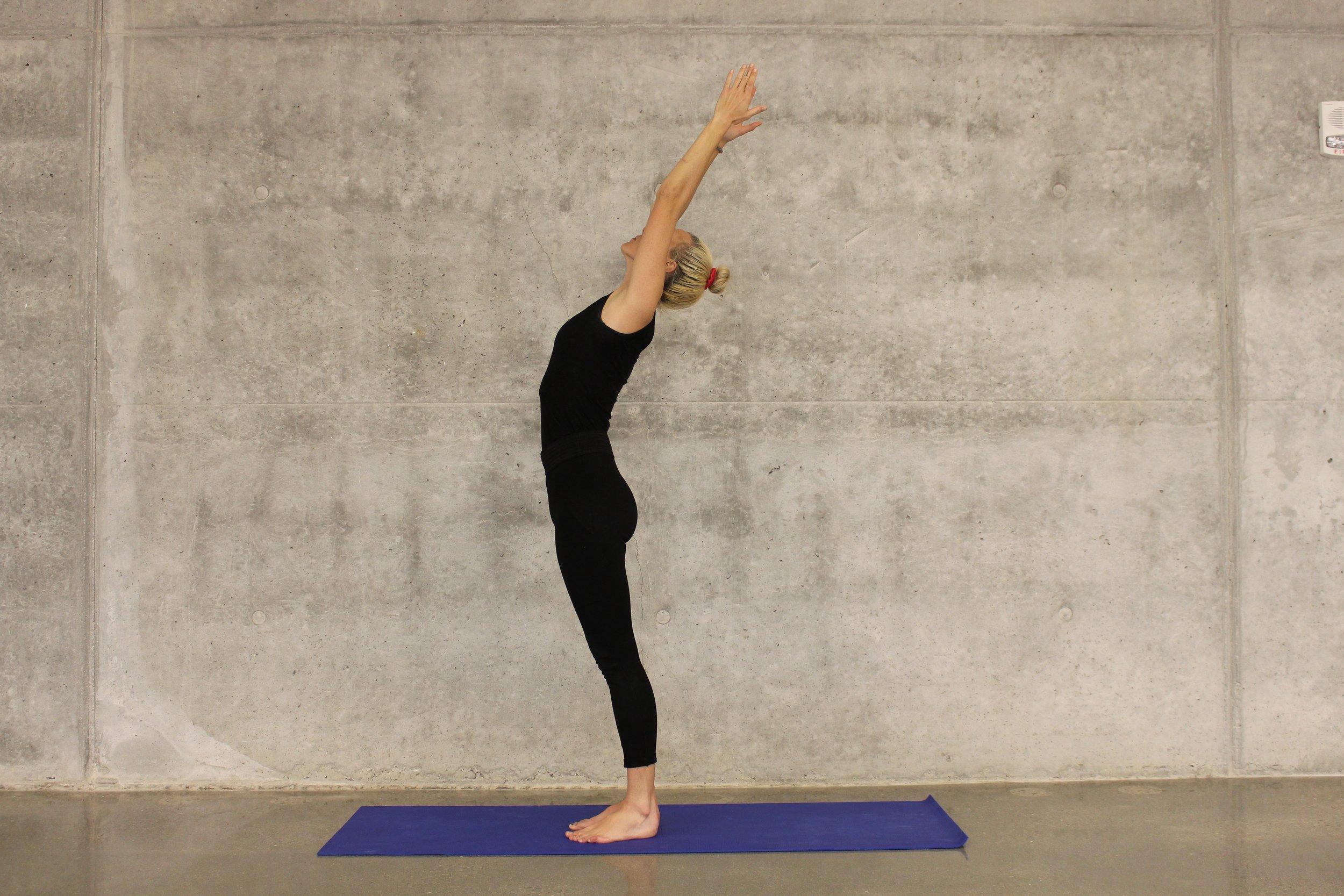Physical Activity and Movement Part 9
This week we’re going to discuss the first primary principle of an effective movement program for sustained physical health.
Biomechanical or Kinesthetic Awareness and Posture
Biomechanical or kinesthetic awareness and posture are vitally important.
When I’m consulting with patients in my office, the vast majority of middle-aged individuals already exhibit forward neck lean and have rounded shoulders. Generally, they already have neck pain and headaches. This is often due to abnormal posture. They also typically have tight hips, a tight posterior chain—meaning the muscles that go all the way down their back to the base of their feet—and poor overall core strength. This ultimately leads to many conditions, including plantar fasciitis, Achilles tendonitis, chronic lumbar back pain, neck pain—the list goes on. I am now also observing this in adolescents due to cell phones and similar devices that lead to poor posture.
This doesn’t have to be. Proper awareness of your posture and your biomechanical function can prevent all of this. This has to be done. It is foundational to good physical health, and to you feeling good. There are many excellent resources that can help with this. There’s a great book called Deskbound by Dr. Kelly Starrett that can help a person understand what’s happening to their body due to chronic sedentary positions, and what they can do to offset it. There are excellent physical therapists with programs both online and in person in your community who can help you with the necessary ergonomic adjustments and changes in your body so that you can experience the benefits of good posture.
When I’m consulting with patients in my office, the vast majority of middle-aged individuals already exhibit forward neck lean and have rounded shoulders.
I also highly recommend Katie Bowman’s Nutritious Movement platform. She has an online platform and books that really get into the details of proper biomechanics. They are outstanding. I’d recommend you consider purchasing her series and perhaps doing it once or twice a week as a way of getting a total body reset.
It’s important to do this because, as I point out the effects of poor posture to individuals, they often begin to try and correct their posture in front of me, and they immediately do it the wrong way. They roll their shoulders back too far, they try to lift their head up, they suck their stomach in, and actually, they’re just creating more stress on their body. I’m not criticizing them—it’s just they’ve been in an abnormal posture for so long, they’ve lost the sense of what proper posture feels like. Proper posture is not strained. It feels good.
How to Stand Up for Yourself
You want to feel like there’s a string attached to your head, pulling it slightly up and back, and that your chin is slightly tucked and your ears are above your shoulders. You should feel like your shoulder blades, the actual muscle surrounding your shoulder blades, not your shoulders themselves, are suspending and holding your shoulders up and in a neutral position. Not abnormally pulled back.
Just in a normal, neutral position where they’re hanging freely, but not rotated forward. You should feel like your arms are long, your fingers and wrists loose, and your jaw is not tense. You should feel that your stomach muscles are tight, but not strained, and that your bottom is tucked underneath you, and that your shoulders are stacked on top of your pelvis, and your pelvis on top of your ankles. You should be able to stand and feel that way, and feel good, and experience this sensation in your body.
You want to feel like there’s a string attached to your head, pulling it slightly up and back, and that your chin is slightly tucked and your ears are above your shoulders.
When you’re sitting, it’s important that you maintain the proper posture as well. You can begin to use standing desks and sitting desks in such a way that you’re always in proper alignment. You can begin to adjust your positions throughout the day so that you’re sometimes standing, sometimes sitting, and sometimes squatting. It’s very important to do this. It’ll actually give you more energy, and improve your concentration and focus.
When you start doing this, you should begin to get a sense of your body, really feel your body. Do a body scan as you lay down at night, where you just, as you’re breathing, feel the different parts of your body, tense and relax them. I also describe this is in the chapter on sleep in my book. This can be an effective way of relaxing your body and getting to sleep at night.
I think you get the point. But you can start today, doing a simple body scan and beginning to pay attention to your posture and how you feel. Take a look in the mirror. Find a daily routine in the morning that lengthens your posterior, loosens your hips, and opens up and loosens your shoulders. Relax your neck. Begin to become aware of when tension is developing, and have simple stretches and movements you can do to offset this.
Pay attention to your breathing and use proper breathing. I have a video on my YouTube channel, The Family Doctor, that outlines proper breathing and the use of breathing to relax the body and mind. The resources are out there. You just have to make use of them. In my book, Authentic Health, I provide a couple of pictures outlining poor posture versus normal posture. In addition, we have additional resources on our website.
Also consider working with a local physical therapist, or physical trainer who’s trained in these techniques. You’ll never regret doing this.
For today, start paying attention, right now: how are you standing? How are you sitting? How are you feeling? What can you do to change that?
If you’re interested in learning more about physical movement or a more personalized approach to healthcare, order my book Authentic Health, like my page on Facebook, and follow me on Instagram!








